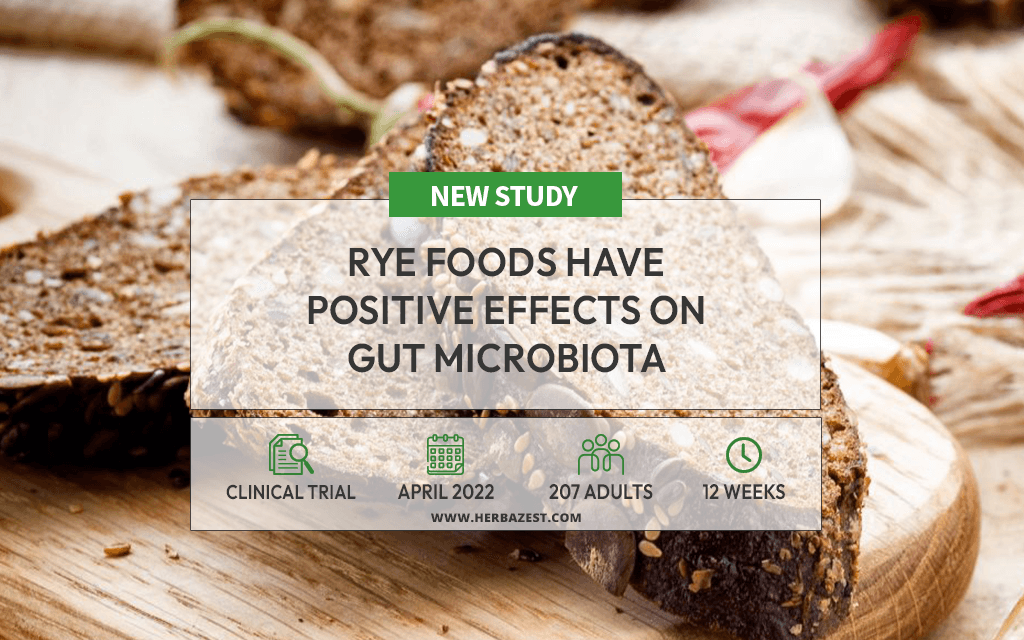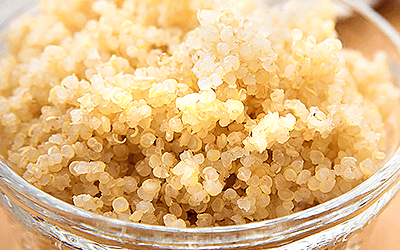Consumption of whole grains and cereal fiber has long been associated with various health benefits, including weight management and a reduced risk of chronic diseases like type 2 diabetes and cardiovascular disease.1 Recently, the focus has shifted towards understanding the role of gut microbiota in mediating these effects.
Rye stands out among cereals for its high fiber content and has been linked to increased gut fermentation products and lower risks of obesity and metabolic diseases. This led Swedish scientists to hypothesize that the effects of rye consumption on body weight and metabolic risk factors could be partly mediated through changes in gut microbiota and their fermentation products.
The Study
This randomized, controlled parallel trial involved 207 participants with body mass index (BMI) of 27-35 kg/m2 (indicative of being overweight or obese). For 12 weeks, they were assigned to a hypocaloric diet rich in either high-fiber rye foods or refined wheat foods (e.g., breakfast cereals and bread).
In addition, participants underwent dietary recommendations, including maintaining a 500 kcal/day energy deficit to induce weight loss.
Researchers measured the effects of eating rye products on gut microbiota composition, plasma short-chain fatty acids (SCFAs), and their association with weight loss and metabolic risk markers. They shared their findings in the Nutrients journal.
The Results
The intervention with high-fiber rye foods induced some alterations in gut microbiota composition. Notably, the abundance of beneficial, butyrate-producing bacteria increased in the rye group, while certain bacteria associated with inflammation decreased. Plasma butyrate concentration was also significantly higher in the rye group.
Furthermore, the study found associations between changes in gut microbiota and reductions in C-reactive protein (CRP) induced by the rye diet. Reductions in CRP may be indicative of improved gut barrier integrity, mediated by changes in gut microbiota composition.
While both treatments caused reductions in body weight and body fat, these reductions were more significant in the rye group. Exploratory analysis also suggested that baseline microbiota composition correlated with changes in body weight and body fat reduction induced by the intervention.
What Does this Mean?
The findings of this trial indicate that eating high-fiber rye foods can induce beneficial changes in gut microbiota composition and plasma SCFA concentration. These changes were associated with improvements in weight loss and metabolic risk markers, suggesting a potential mechanism through which rye consumption may exert its health benefits.
Additionally, the study adds to the growing body of evidence supporting the role of gut microbiota as a mediator of the health-promoting effects of whole grains and cereal fiber. Further studies specifically designed to investigate this relationship are needed to confirm these findings and better understand their implications.
Other herbs that have been shown to benefit gut microbiota include turmeric, flax, and barley.
Sources
- Nutrients, The Effects of High Fiber Rye, Compared to Refined Wheat, on Gut Microbiota Composition, Plasma Short Chain Fatty Acids, and Implications for Weight Loss and Metabolic Risk Factors (the RyeWeight Study), 2022
Footnotes:
- Nutrients. (2020). Dietary Fibre from Whole Grains and Their Benefits on Metabolic Health. Retrieved April 29, 2024, from https://pubmed.ncbi.nlm.nih.gov/33027944/




